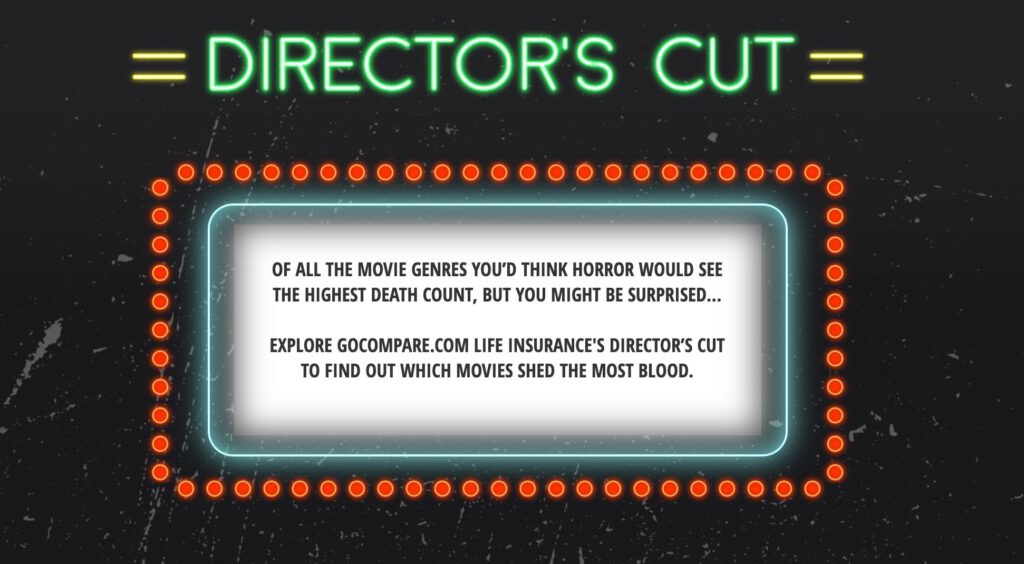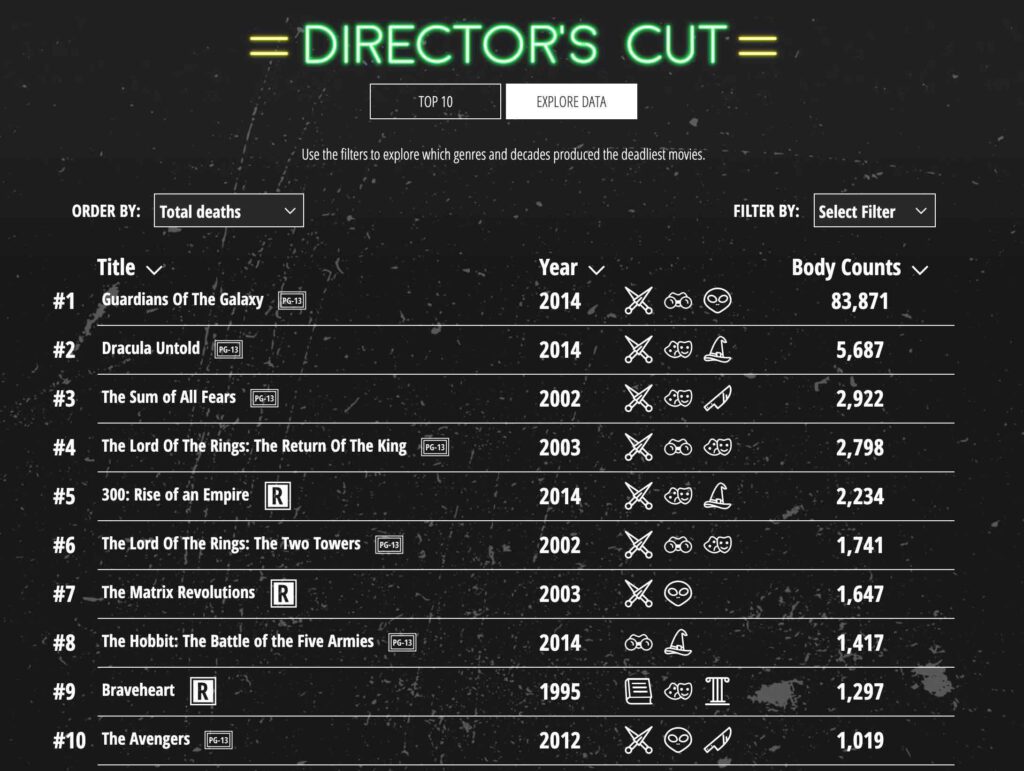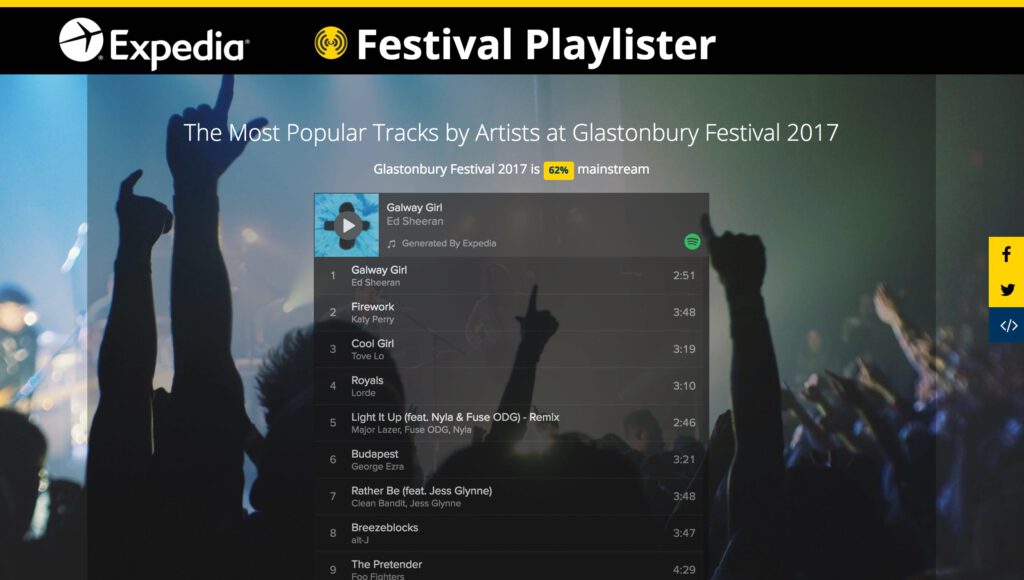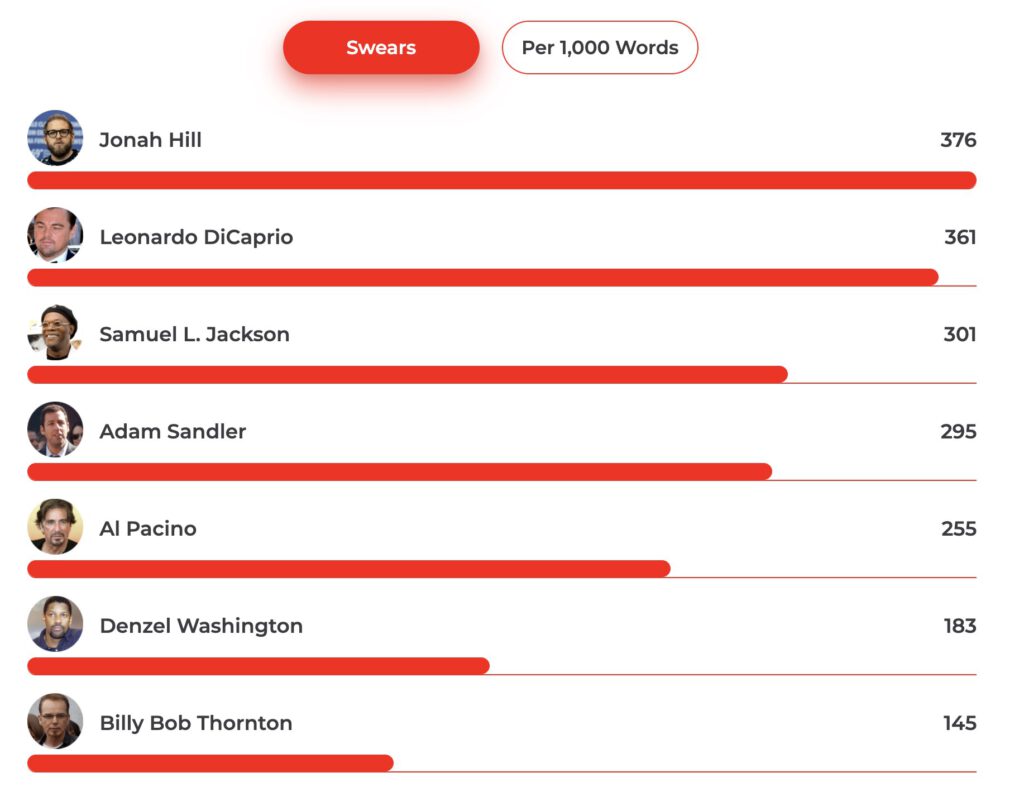James Finlayson — The story behind Director’s Cut, Profanity on Film and more
Available on Spotify and Apple Podcasts
About James
James Finlayson is the former Head of Strategy at Verve Search, a multi-award-winning SEO and Creative Content Marketing agency.
Prior to becoming the Head of Strategy, James also held the following positions at the agency: Head of Content, Head of SEO and Head of Innovation.
As this range of positions might suggest, James has a rare blend of skills, ranging from technical and analytical to strategic and creative.
And in my opinion, he is also one of the smartest, most creative and most humble people in the world of SEO and content marketing.
James recently started a new position as Head of SEO at Let’s Do This, a digital marketplace for sporting and mass participation events.
James doesn’t like to take full credit for the ideas he’s been a part of. He truly believes creativity in this context is a team sport, and credit is due to everybody who touches the campaign.
Whilst acknowledging this caveat, if you work in SEO, digital PR and content marketing, I’d be surprised if you haven’t seen some of the campaigns James has been heavily involved in.
What we cover in this episode…
Today we discuss how the team at Verve came up with the ideas for the enormously successful Director’s Cut, Profanity on Film, Festival Playlister and more.
The conversation begins with…
- How James started out with guest blogging and why he moved to larger creative campaigns to get more ‘bang for the buck’
- How he was initially driven by “desperately needing results”
Later in the conversation, James mentions that they don’t like to think of content as ‘campaigns’, but prefer the term ‘assets’ and he explains why that is.
I’m also not totally sold on the use of ‘campaign’ as the description for what we do, but it has somewhat become the default in the SEO industry. And in the absence of a preferable alternative, I do refer to content as ‘campaigns’ throughout this page (forgive me, James!).
How they came up with Director’s Cut (Gocompare)


In this section, we discuss…
- How they came up with the idea for this wildly successful campaign
- How James Gunn, Director of Guardian’s of the Galaxy ended up discussing the piece on Twitter
- How to transform an ‘ugly’ infographic into something truly beautiful (and no, that doesn’t mean just making it pretty). During this part of the conversation, we also make reference to David McCandless, Founder of Information is Beautiful.
- How to find half-baked ideas and turn them into the best version possible
- The ‘double standard’ of visual content, as detailed in the ‘dataviz bible’ by Edward Tufte
- The danger of complexity in data visualisation, like Chord diagrams which can look beautiful, but can be difficult to understand, especially at first glance.
- A blog post that reveals that very few visitors to the interactive graphics on the New York Times ever click on any of the buttons. For additional context, there was also a follow-up article written in defence of interactive graphics.
- When it’s worth re-doing a piece that’s already out there — and when to leave it alone
- The value of interactive content
- Why my former colleague Geoff Kenyon recommends getting some simple page templates designed into the CMS (if you ever get the chance) so you can easily house interactive content within the site navigation.
How they came up with the Festival Playlister (Expedia)

Unfortunately, the original piece is no longer live, but you can see some of the coverage here. It’s a bit of an older piece, but one I’d always admired so I was keen to pick James’s brain about it while I had the chance.
Here, we discuss…
- What I love about this piece, and why I wish I’d come up with it myself!
- How they came up with the idea after seeing a question from a journalist at UsVsTh3m. James then worked with James Congdon (former Head of Outreach at Verve) to communicate with the journalist while the team at Verve developed the content.
For reference, UsVsTh3m was a really creative group of writers, editors and developers that worked at The Mirror newspaper in the UK. Sadly, the team was disbanded after a couple of years, despite making loads of incredibly viral games. Both James Finlayson and I (and other content creators I know) took lots of inspiration from the stuff they made.
I actually interview Rob Manuel, the former editor of UsVsTh3m in a future episode of the podcast to discuss his experience of working there.
Although some reference to UsVsTh3m still exists on the Mirror site, the best of their work does not. For that, you would need to visit the collections that have thankfully been preserved by two members of the old team, Matt Round and Tom Scott.
Continuing with the conversation about the Playlister campaign, James and I discussed…
- How they sourced the data via Songkick and the Spotify API
- The value of turning ‘data language’ into meaningful language everyone can relate to
One idea that failed (but James still loved)
In this brief section, we mostly discuss the challenge with creating ‘useful’ content and other reasons James thinks this particular idea wasn’t successful.
James also mentions shopping at Tesco, which is a British supermarket (for those that aren’t familiar with the brand).
How the team came up with Profanity on Film (BuzzBingo)


James mentioned that while they were coming up with the idea for Profanity on Film, there were a couple of other really successful campaigns that had yet to come out for the same client — Insta Wealth and Movie Mortality.
But prior to their release, things hadn’t been going that well on the account, and the really needed a win.
We discuss…
- How they came up with the idea
- And dow they took inspiration from the gender analysis of film scripts on Pudding.cool (a site which does loads of inspiring data-driven content)
There were a few things that the team (including James Finlayson, James Barnes and Alex Cassidy) were aware of that enabled them to come up with the idea.
Intrigued by the Pudding piece, they wondered what else they could do…
And having previously seen articles about the amount of swearing in The Wolf of Wall Street and Uncut gems, they wondered if there was something they could do there.
They initially thought about showing which movies contained the most swearing, and whether swearing in movies was increasing over time.
Then as the idea progressed and they started playing around with the data, they ended up pulling multiple angles out of the piece (as Verve so often do) including which characters and actors swear the most in movies.
We go on to discuss…
- The head-smackingly simple way to determine if your idea is surprising or unexpected
- The additional angles they pulled out of the data but didn’t end up needing
- How Jonah Hill ended up posting about the content on social media
- When it’s okay to court controversy in your content and when to avoid it
We also briefly discussed the controversy that kicked off around the Vocal Ranges of famous singers, a piece I was responsible for during my time at Distilled.
Habits that help you come up with ideas
There are a few things that James does regularly that I’m convinced enable him to come up with so many successful ideas.
These include…
- Coming up with ideas when you don’t even need them — doing it just for fun, being a little obsessive about it, and how that helps you get in shape for coming up with ideas when you really need them
- What James thinks about when he sees inspiring content, how he breaks it down and thinks about what else could be done with it
Two ways Verve’s approach to content really stands out from the crowd
In this last section, we discuss…
- How and why they ensure their content has multiple angles
- Why they prefer to think of content as ‘assets’ rather than ‘campaigns’ and promote them for much longer than most agencies
- Why the team at Verve tends to avoid content that’s tied to calendar events. On that topic, I briefly mentioned Paddy Moogan has a nice way of expressing this where he talks about ‘pinning your content to events, but not tying it to them’.
- James discussed the success of Unicorns League which was one of Hannah Smith‘s ideas. The main angle that got a lot of coverage was the universities that most Unicorn founders attended.
- How to decide which data to put into the piece and which to leave out (and how to generate further coverage from the data you left out)
That just about covers it.
I hope you enjoy the show.
